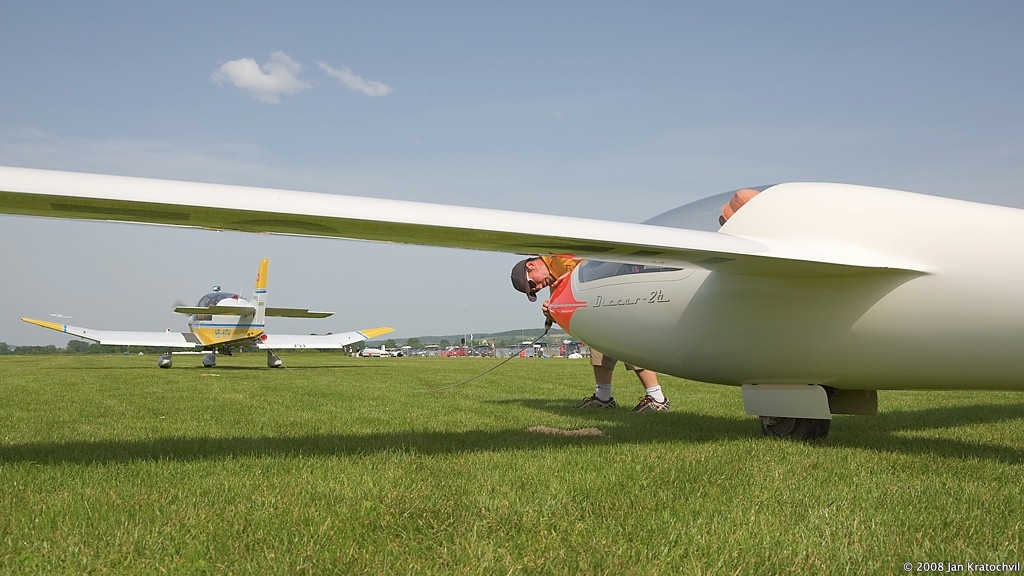
Mission Statement
Academic Flight’s primary goals are the democratization of flight test engineering and improving the airmanship of professional and amateur pilots by increasing their understanding of aerodynamics and flight dynamics.
Academic Flight provides an industrial-strength flight training program which uses flight test methods as cockpit teaching tools to provide advanced airmanship and knowledge development for experienced and/or advancing pilots. Making use of our knowledge of physics and our experience in airplanes, gliders, and helicopters, we take a rigorous test pilot’s and flight test engineer’s approach to understanding flight in detail. These professions uniquely synthesize theoretical aerospace engineering knowledge with the practical application of piloting an aircraft.
We also try to make an education in flight test engineering as a flight test engineer (FTE) or a test pilot affordable, without the student having to be backed by a large company or government agency. We achieve this with a combination of online courses, flight simulator instruction, and flight instruction in airplanes and gliders, on the one hand, as well as coaching where and how to get an accredited education at an internationally recognized test pilot school, on the other hand, if you are paying for the training yourself and are on a budget. This includes advice which courses to take there, how to prepare for them (and for a potential entrance exam, depending on your track), and how to manage the logistics of attending such an ABET-recognized school. This information is oftentimes not as readily available from the school in detail, because as a self-paying client on a limited budget, you are typically not the primary target audience of the school (which is not to say that you will not get excellent care, once you are there).
Finally, Academic Flight also has a small, very demanding youth mentorship program for ambitious kids in middle and high school who would like to become aerospace and flight test engineers, test pilots, and military pilots (or any kind of performance-oriented aviator, for that matter), and we engage in public outreach activities in the form of lectures online and in person at schools and academic institutions.
The diagram below depicts different kinds of aviation literature, grouped into categories and ordered in ascending order of physical and mathematical complexity, starting with the standard FAA flight training materials to test pilot school textbooks and aerospace engineering literature. In the middle (and also featured on the FAA website) lies H. H. Hurt’s book “Aerodynamics for Naval Aviators”, which lives somewhere in between the completely hand-wavy and the hardcore technical, and has found high acclaim as advanced literature even in the civilian aviation community. Links to all the example works cited in the diagram below are provided in our extensive bibliography on this website. Many of them are freely available, as are numerous others which have not been listed, and we highly encourage you to explore this literature at your heart’s content and ask us any questions you may have, which we will gladly answer, time permitting.

Academic Flight primarily focuses on teaching experienced pilots. However, in the diagram above, we have also depicted with cyan arrows a suggested learning strategy for intrepid, ambitious novices with strong educational backgrounds. The suggestion is to read the test pilot literature first, refer to additional aerospace engineering literature as needed, and then progress to advanced practical applications like upset recovery.
As an adult, if you do not have a pilot certificate yet, you may choose to obtain your private pilot certificate simultaneously to this effort or beforehand, to be able to relate the literature to a real-world context. If you are a young kid, ideally you will perform this intellectual journey in middle and early high school already, before you are old enough to obtain a pilot certificate legally, such that by the time you turn 16 or 17, you have acquired much of the test pilot and aerospace engineering knowledge already, and you can at that point focus mostly just on learning the muscle memory and procedures needed to pilot an aircraft as well as the rules and regulations, and on accumulating the 250 hours of flight time required for a commercial pilot and flight instructor certificate.
